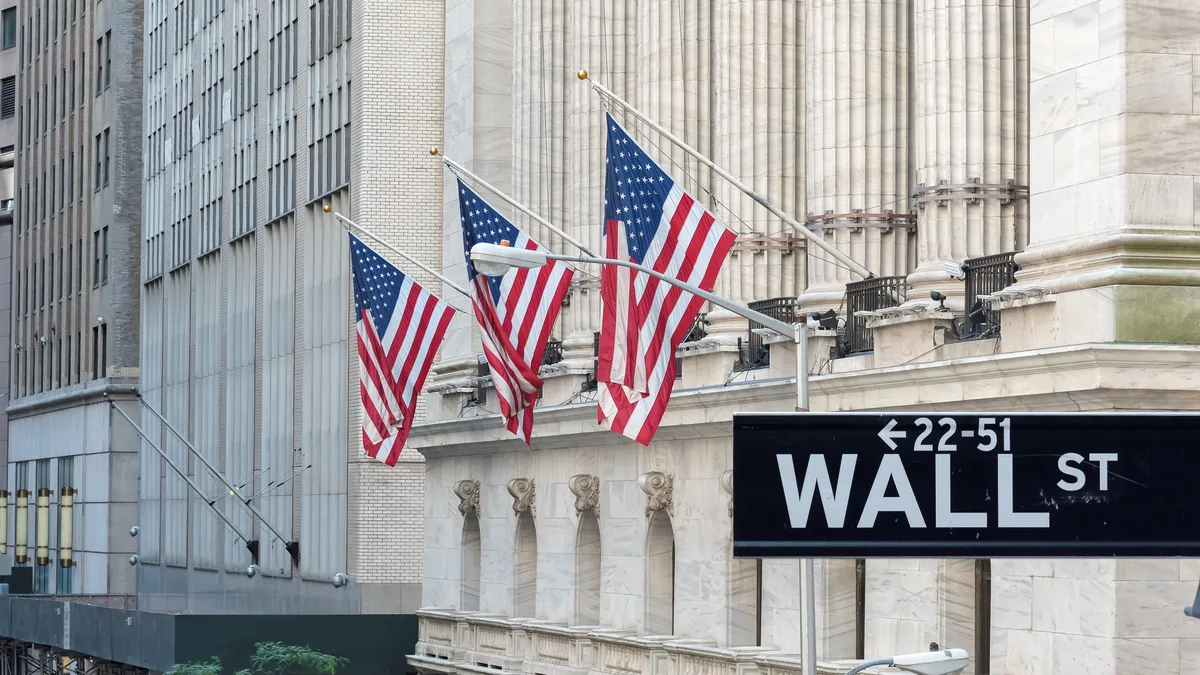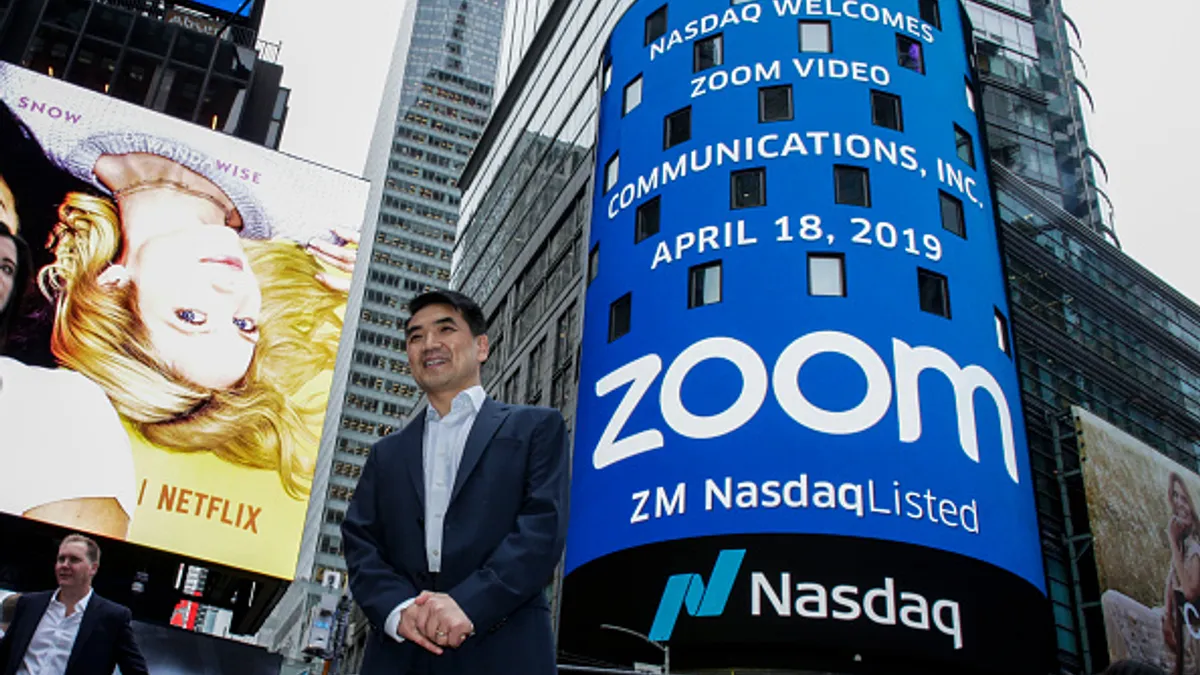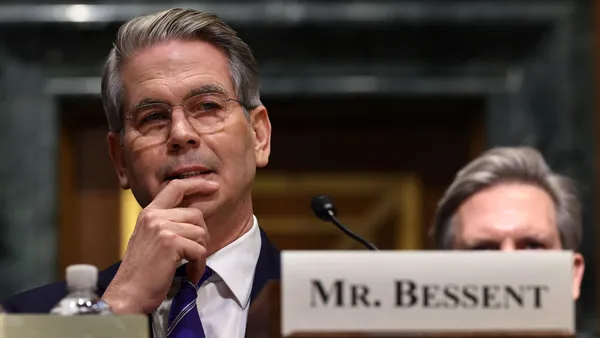Dive Brief:
- The proceeds from U.S. initial public offerings will probably rise in 2025 in the wake of monetary easing that helped boost total total IPO proceeds 47% last year compared with 2023, according to EY.
- “If an early wave of IPOs in 2025 has a strong market reception, that could drive additional activity,” said Mark Schwartz, EY Americas IPO and SPAC advisory leader. Still, “expectations will vary based on the extent and pace of” additional Federal Reserve cuts to borrowing costs, he said in an email reply to questions.
- Total proceeds from U.S. IPOs will likely increase this year to a range from $40 billion to $50 billion, Schwartz said. The total number of transactions this year will likely range in the historical average between 125 and 150, he added. The total proceeds from U.S. IPOs last year was $32.8 billion, generated by 183 transactions, according to EY.
Dive Insight:
Plans by President-elect Donald Trump to loosen federal regulation may fuel IPO transactions this year, EY said in a report on IPOs in the U.S. and worldwide. The prospect of solid economic growth, ample liquidity and comparatively high stock valuations may fuel IPOs globally, EY said.
“The market is in the process of figuring out who will be the winners and losers based on how policy changes play out” under Trump, Schwartz said. “Ultimately though, a pro-business environment would be expected to be a meaningful tailwind for the IPO market.”
IPO activity usually picks up in the years after a presidential election regardless of which party controls the White House, according to EY.
“First-movers in a post-election year tend to include industrials, TMT [technology, media, telecommunications] and financials,” EY said. “However, nearly all sectors experienced growth.”
Trump may also spur IPOs by following through on his campaign promise to reduce corporate tax and encourage domestic manufacturing and other production, according to EY.
Policies under Trump may buoy several sectors worldwide, including energy, industrials, financial services, technology, cryptocurrency, and health and life sciences, EY said in its global report.
At the same time, companies considering IPOs face some potential headwinds, according to EY. Higher federal spending and government restructuring may kindle inflation, push up Treasury yields and trigger market volatility, EY said.
“Future monetary policy decisions may introduce uncertainty, raising concerns about market stability and potentially shaping investor risk sentiment,” EY said.
Retaliatory tariffs and trade protectionism may increase costs for companies worldwide that rely on imports, crimping profitability and inhibiting IPOs, according to EY.
The recent surge in IPOs tied to companies focused on artificial intelligence may slow, EY said, noting that nearly 300 AI-related companies have gone public worldwide in the past four years.
“AI stories will need to demonstrate tangible results over time for this ride to continue,” Schwartz said. “Returns, in the form of new market opportunities or efficiency gains, will be required as investors become increasingly discerning about which opportunities they are willing to support.”
IPO activity last year, while stronger than 2023, fell far short of the 416 transactions in 2021 that generated $155.8 billion in proceeds, according to EY data.
EY based its report on IPOs recorded by Dec. 9, and those expected through the end of 2024.
Editor’s note: The story has been updated with a change to the first quotation in the second paragraph.














